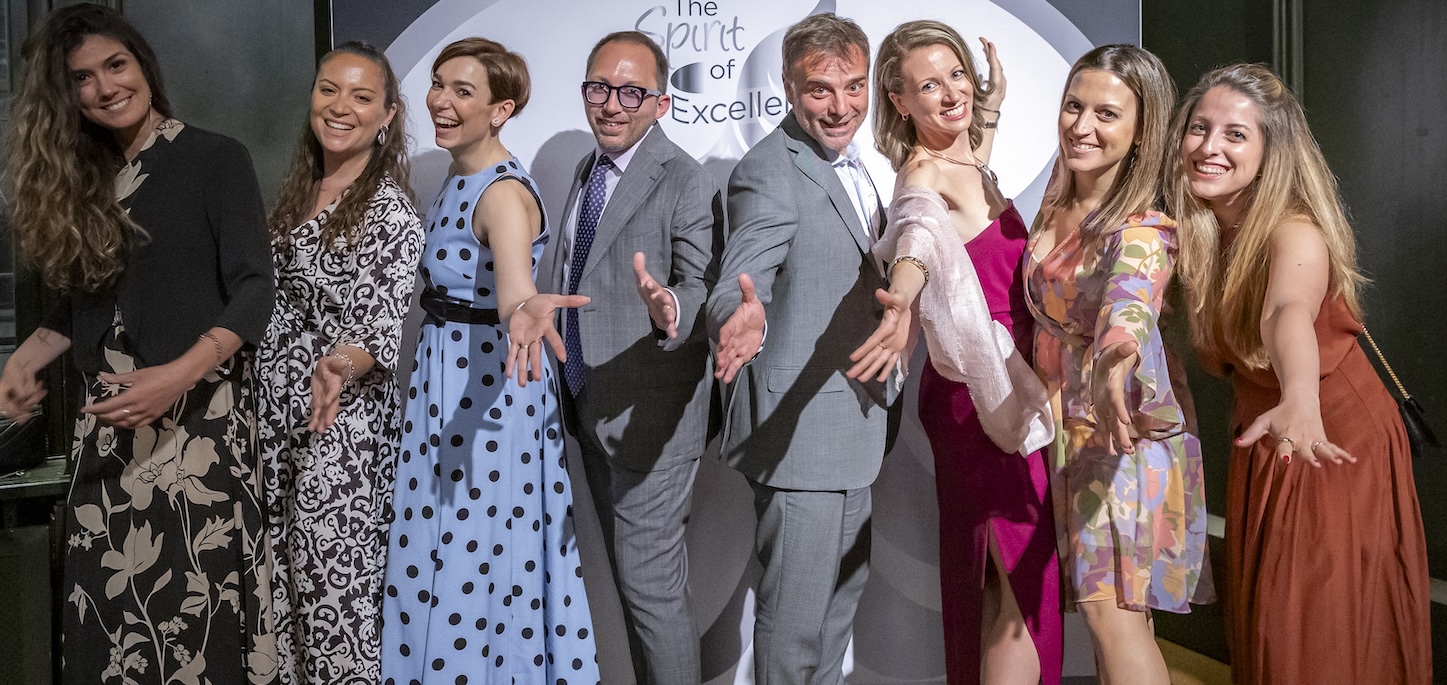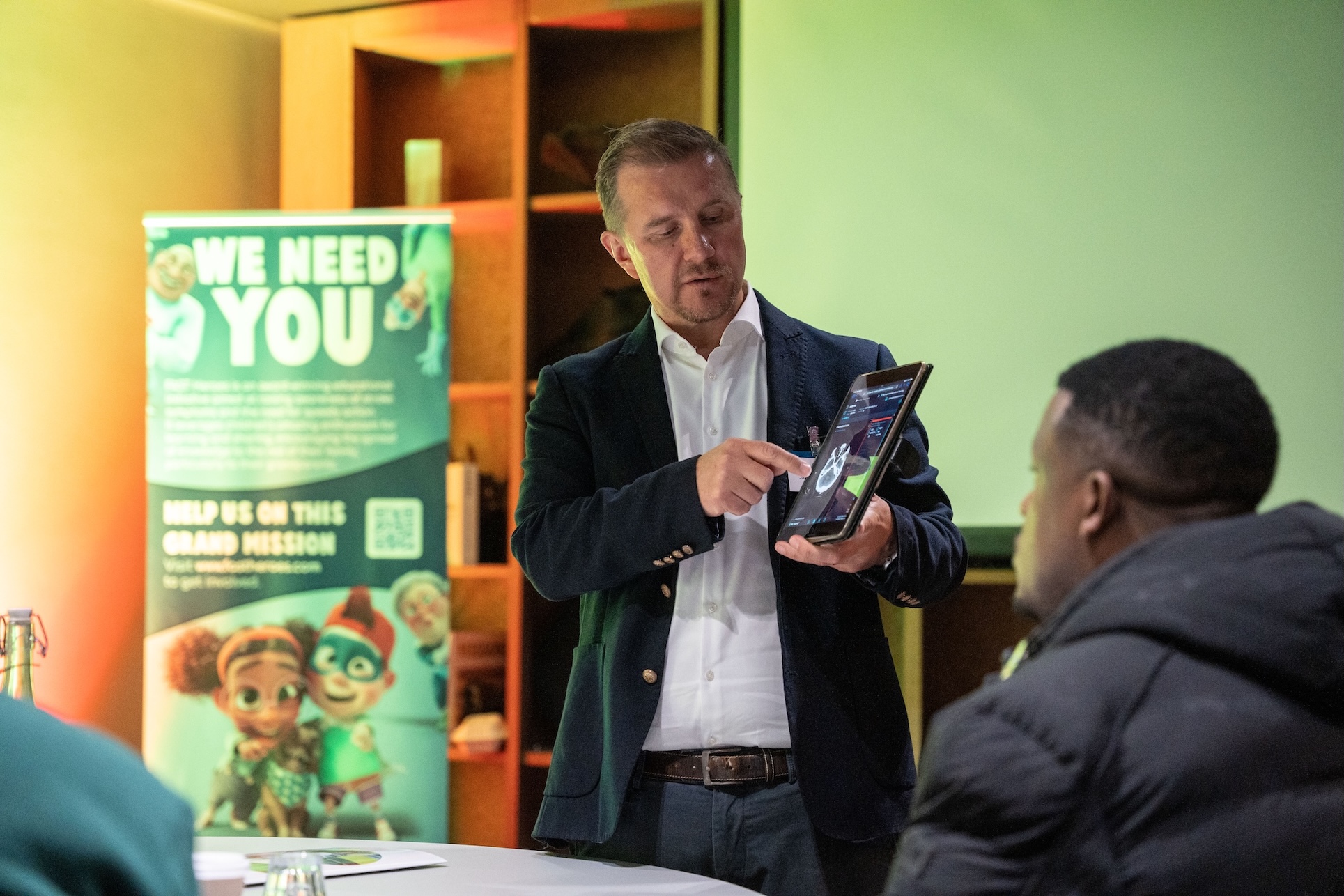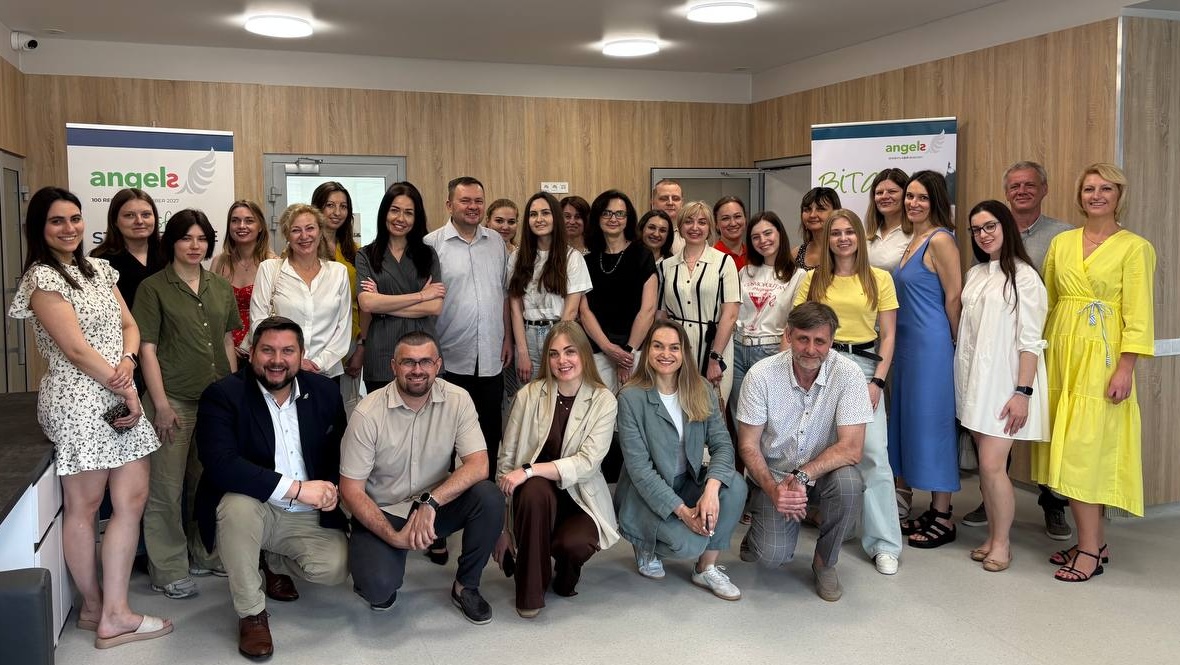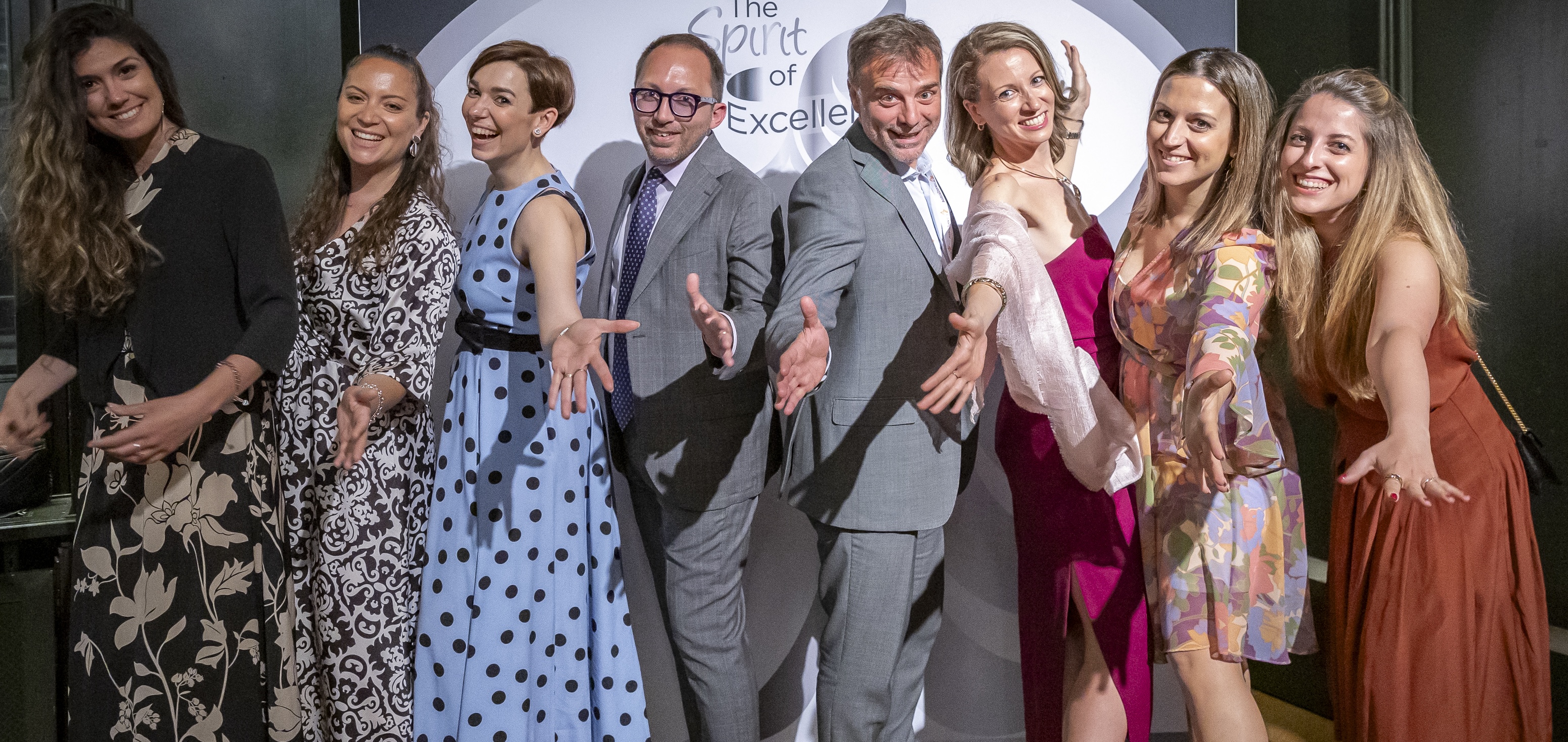
Paolo Candelaresi apenas tenía tres años cuando Metallica grabó su primer álbum con la fuerte y ansiosa “Motorbreath”, una canción sobre cómo vivir en el carril rápido. Cuarenta años más tarde invoca su urgencia e intensidad para explicar por qué es un neurólogo de emergencia.
Si su retirada de los metales pesados está un poco oxidada, aquí están las lentes de apertura.
Vivir y morir, reír y llorar
Una vez que lo haya visto, nunca será igual
La vida en el carril rápido es lo que parece...
Ahora, imagínate que jugaba a 174 latidos por minuto y te dan la idea.
A los 43 años, la Dra. Candelaresi se sitúa entre dos generaciones de neurólogos especializados en ictus, los que han tendido a ver nuevas opciones de tratamiento con escepticismo, y una cohorte más joven que aborda la neurología vascular con entusiasmo y una mentalidad intervencionista.
La generación con la que se alinearía, se decidió hace 14 años durante unas prácticas de dos meses en el Hospital Universitario de Helsinki, famoso por construir la cadena de recuperación más eficiente del ictus agudo en el mundo.
Como estudiante de medicina en Nápoles, Paolo había gravitado en neurología y luego en ictus. El resto fue con metal. La determinación de que la vida se iba a vivir a velocidad completa o que nada lo llevara a la toma de decisiones en dos segundos e intervención urgente en acontecimientos agudos como el ictus. Pero hasta la invitación a Helsinki (que siguió a su asistencia a la ESO Stroke Summer School en Varsovia a principios de 2010), nunca había sido testigo de un tratamiento agudo del ictus.
Había sido un estudiante astuto de ictus, pasando por encima de artículos cuyas fechas de publicación sabía de corazón, pero no fue hasta Helsinki cuando experimentó sus primeros 20 segundos de valor insano.
Veinte segundos de valor insano es una línea que se cita a menudo en la película Matt Damon We Bought A Zoo para animar a la gente a actuar sin miedo. Pero en el contexto del tratamiento del ictus en la fase aguda, este sentimiento de valentía puede significar la diferencia entre vivir y morir, reír y llorar.
“Los segundos en los que decide tratar al paciente son una calle de un solo sentido”, dice Paolo. “No puede volver. Si tiene razón, el paciente mejorará. Si está equivocado, no habrá un buen resultado”.
Helsinki fue un punto crítico en la carrera de Paolo. Cuando terminaron sus prácticas, comenzó su búsqueda de un hospital en el que pudiera implementar el modelo de Helsinki y poner su propio sello.
Porque una vez que lo haya visto, nunca será igual.
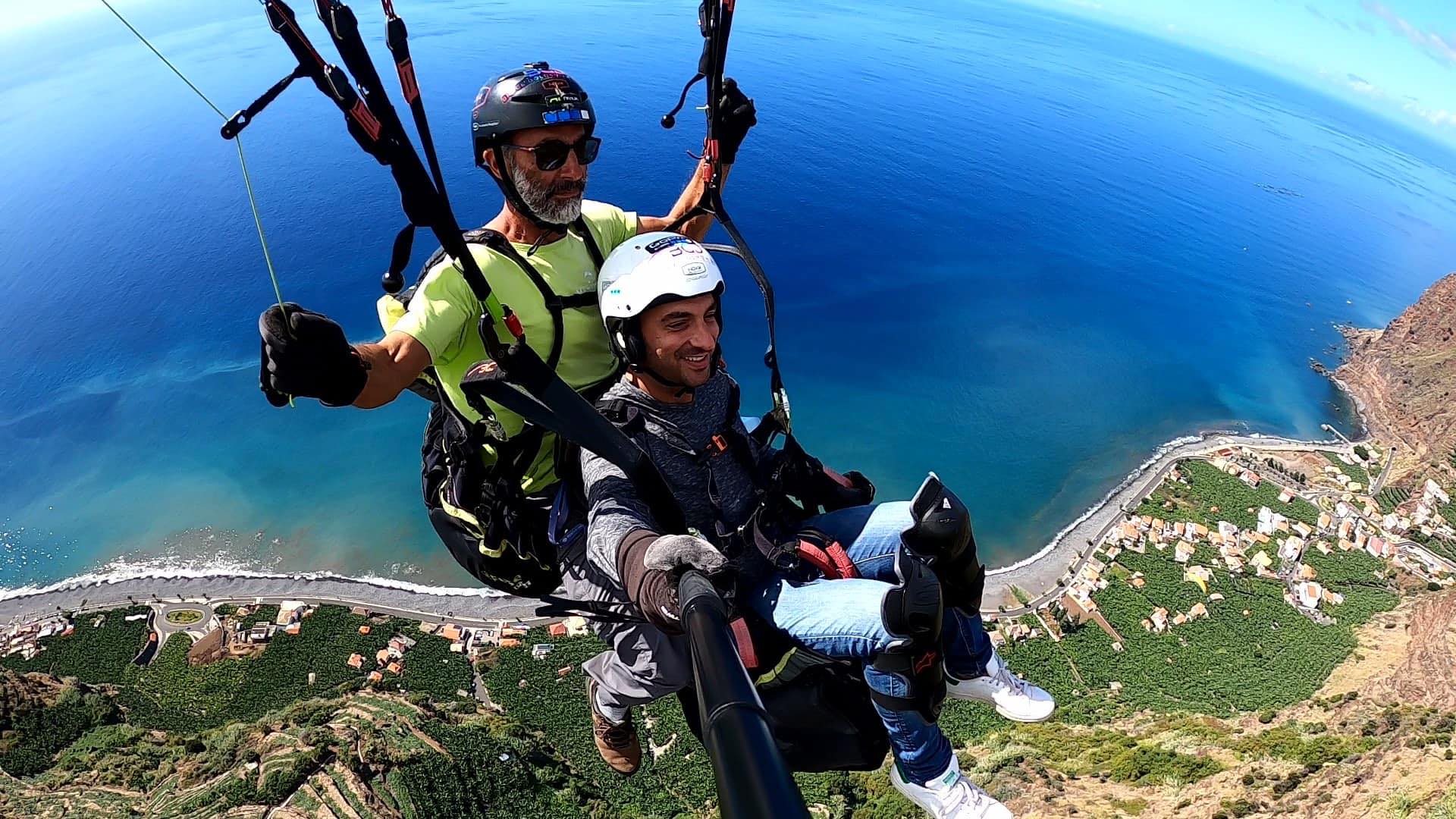
Tres generaciones
El Dr. Antonio de Mase es un joven neurólogo vascular para el que 20 segundos de coraje insano es el espacio entre el pensamiento y la actuación. Se convirtió en médico porque le gustó la idea y lo que había visto en el cine. Eligió la neurología porque le dio la opción de elegir el tipo de vida que quería, ya sea trabajando en urgencias o centrándose en el diagnóstico y la investigación. Volvería a tomar la misma decisión.
El padre de 34 años se unió al Hospital Antonio Cardarelli (HAC) en 2022 porque era exactamente el tipo de hospital que estaba buscando, un hospital ocupado y bien organizado que siempre está impulsando la mejora.
El hospital más grande del sur de Italia, HAC, es uno de los principales centros de ictus de Italia y ha ganado siete galardones consecutivos con diamante Angels de la ESO.
Cuando Paolo Candelaresi llegó por primera vez aquí en 2017, había estado buscando un hospital en el que pudiera replicar lo que había aprendido en Helsinki en 2010. En HAC encontró a un médico que desafiaba las expectativas de su propia generación.
El Dr. Vincenzo Andreone (62) había introducido formación sobre el ictus en HAC ya en los años 90. Había desarrollado la primera circuito de tratamiento del ictus en el hospital y realizado los primeros tratamientos trombolíticos pioneros, haciendo frente al escepticismo de los compañeros que se resistían a la idea de la neurología como una disciplina relacionada con situaciones de urgencia. Y lo que es más importante, Vincenzo creía en la generación más joven de médicos como Paolo y en el potencial de convertir el HAC en un centro moderno de neurología vascular en el que la mayoría de los pacientes podrían someterse a los mejores tratamientos integrales posibles.
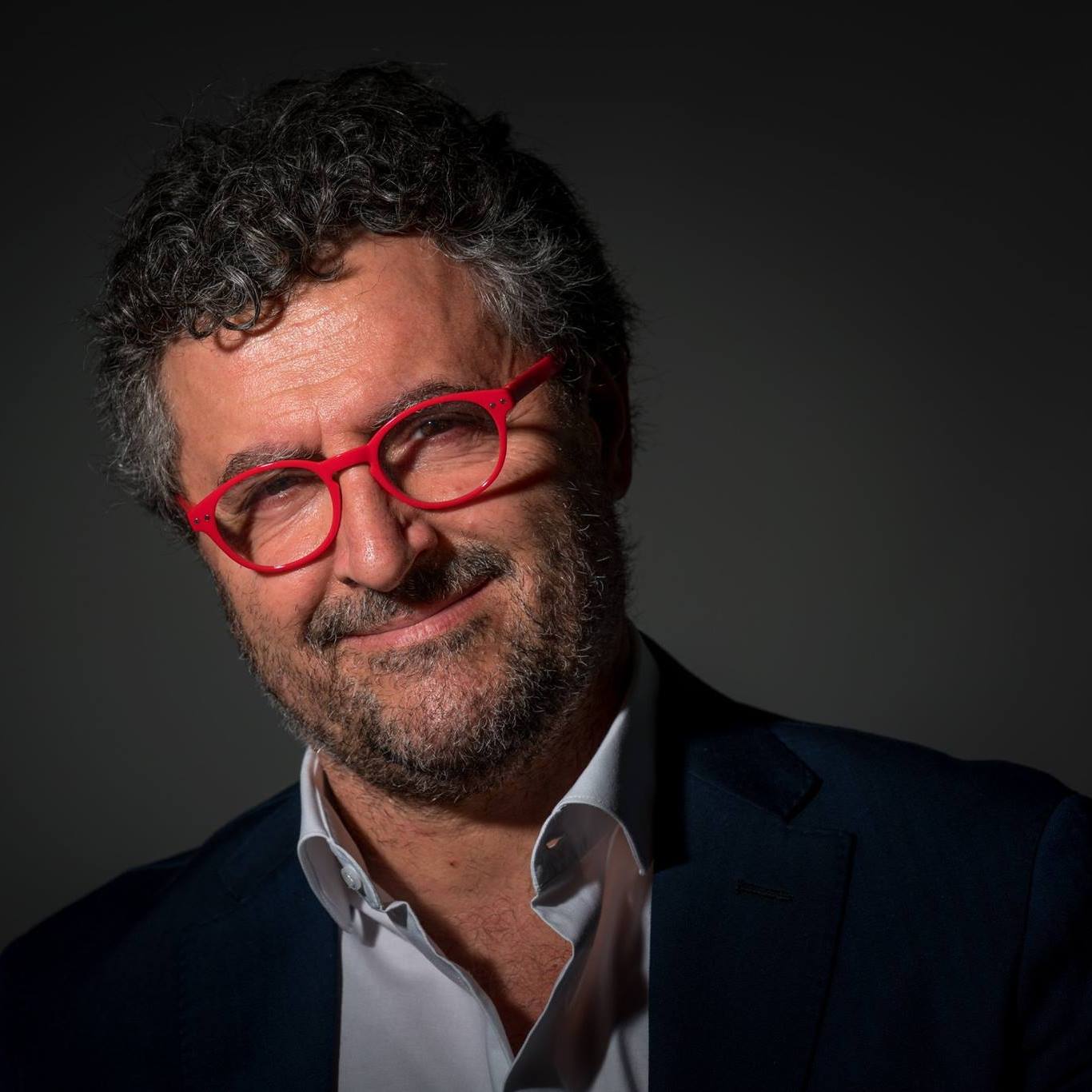
El cambio pasa al carril rápido
En 2021, cuando Vincenzo se convirtió en director de la unidad de ictus del HAC, cambió de vía rápida. Fundamentalmente, su participación en la iniciativa de supervisión de la calidad MonitorISA les ayudó a analizar su rendimiento y áreas de mejora. Vincenzo y Paolo colaboraron en una nueva circuito de tratamiento del ictus que adoptó el tratamiento en la TAC como acción prioritaria, llevando el modelo de Helsinki al hospital más grande del sur de Italia. Y con eso, la revolución estaba completa. El hospital ganó su primer premio Angels de la ESO en el último trimestre de 2021 y desde entonces se ha revuelto de diamantes.
El cambio del protocolo redujo su mediana de DNT a 42 minutos. La investigación que presentaron en el ESOC 2023 mostró que los pacientes tratados en la TAC mostraron una mayor mejoría neurológica temprana, a las dos horas, a las 24 horas y en el momento del alta hospitalaria, y tenían una probabilidad significativamente mayor de obtener un resultado excelente (60,1 % frente al 42,8 %) a los tres meses.
Puede ser difícil combinar la práctica clínica y la investigación en un hospital grande y abarrotado en el que el equipo de ictus trata y recopila datos de 1000 pacientes al año. Sin embargo, el equipo de HAC está participando en estudios importantes como PRECIOUS, TICH 3 y ESCAPE-NEXT, y su capacidad de investigación se ha visto impulsada significativamente por las brillantes mentes de jóvenes neurólogos dedicados y la supervisión de una guía experimentada como Vincenzo, dice Paolo.
El HAC sigue siendo el hospital Antonio de Mase que buscaba en 2022. Satisface su “ansia por crecer, asumir desafíos más complejos, hacer más ensayos e investigación, aprender y estar conectado con personas con ideas”. Aún no es el momento de realizar el siguiente paso.
“La clave está en no pensarlo demasiado”, dice de esos 20 segundos de ráfaga de valentía que darán a un extraño una segunda oportunidad en la vida.
“Siempre tienes que estar presente. No se trata de hacer algo nuevo o diferente, debe seguir el protocolo, actuar y no pensar demasiado. Cada vez, su última trombólisis fue su último momento de valor insano”.
